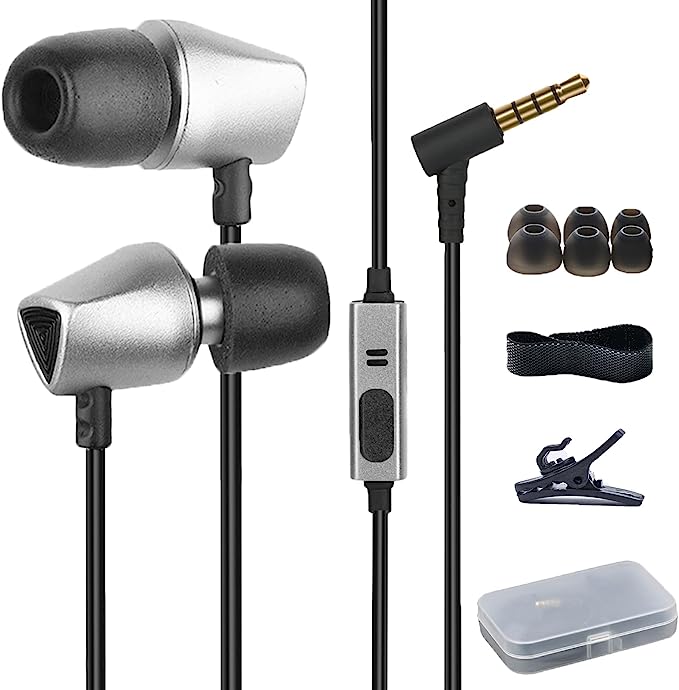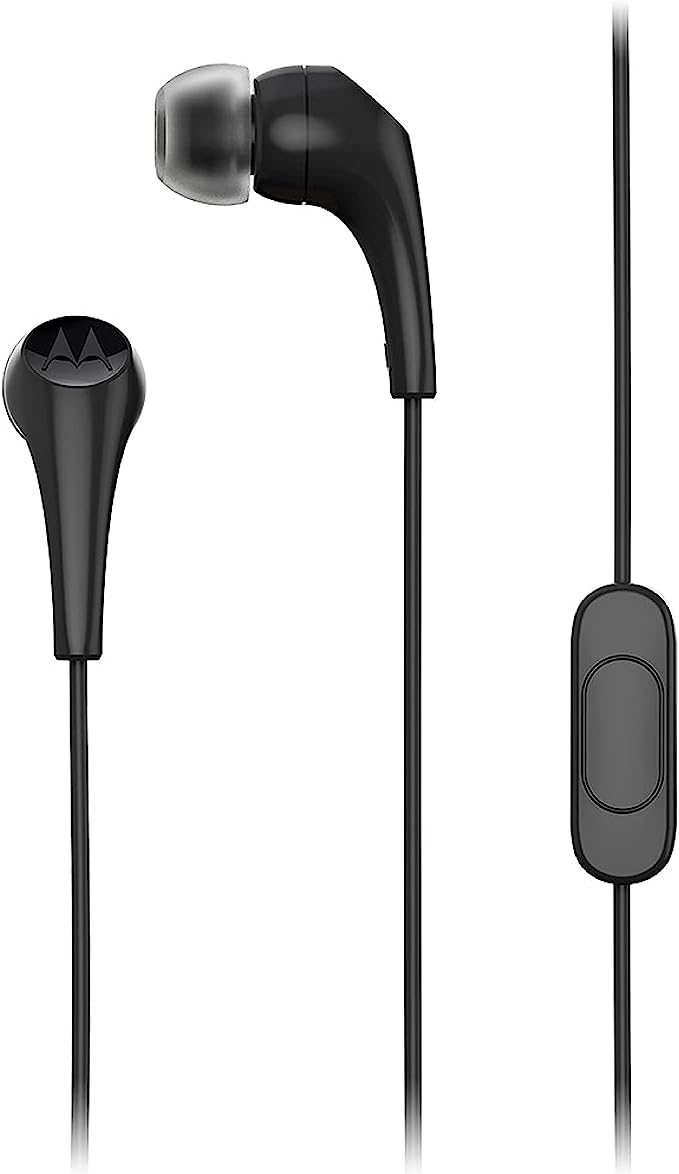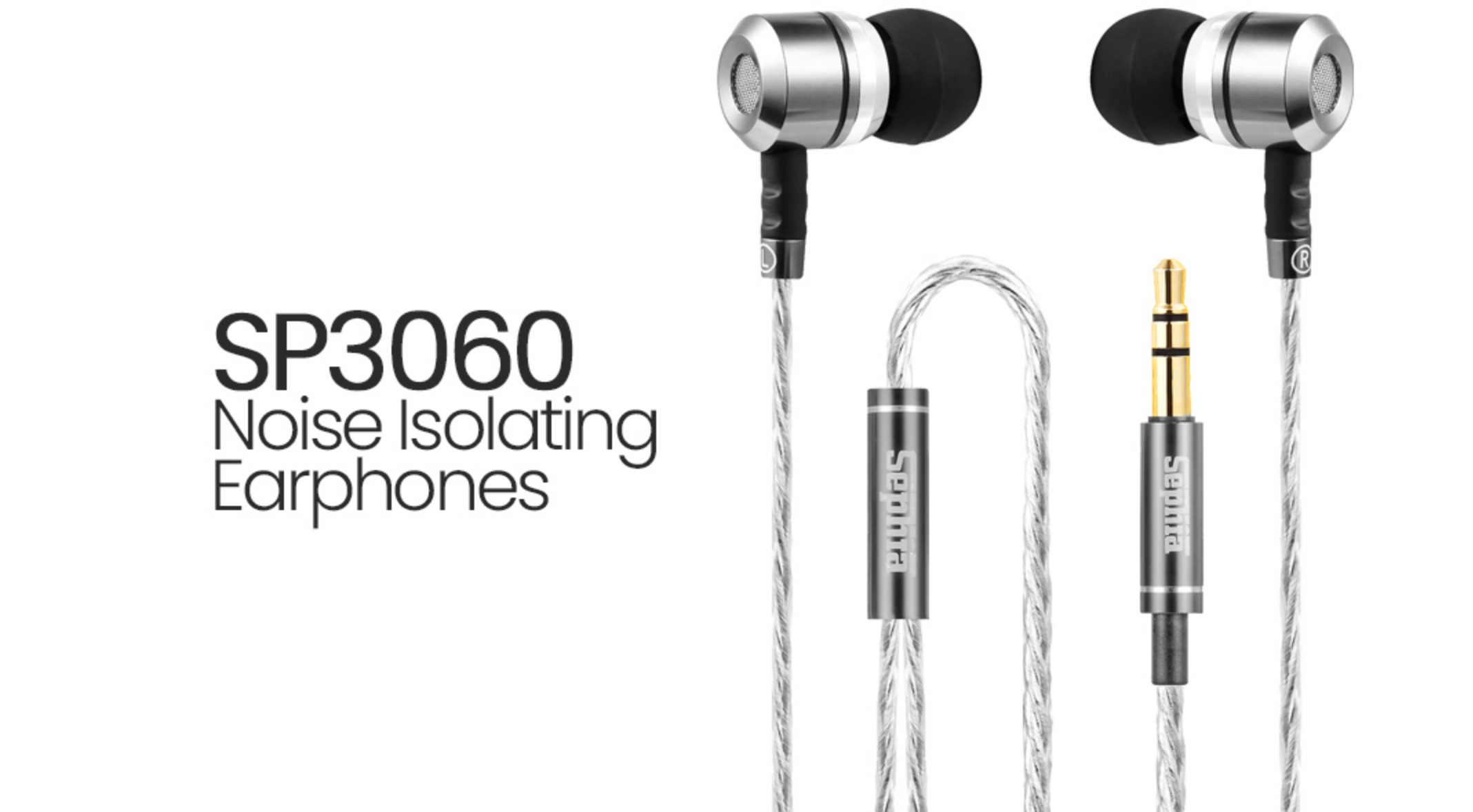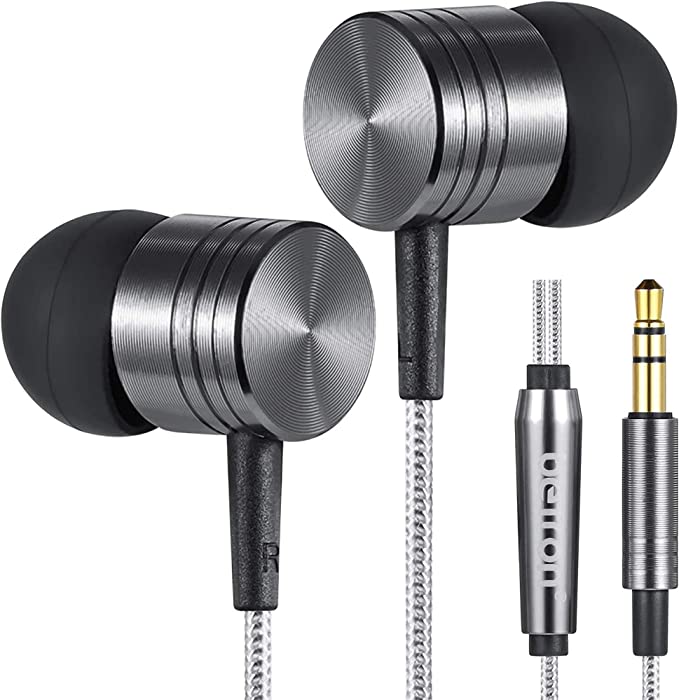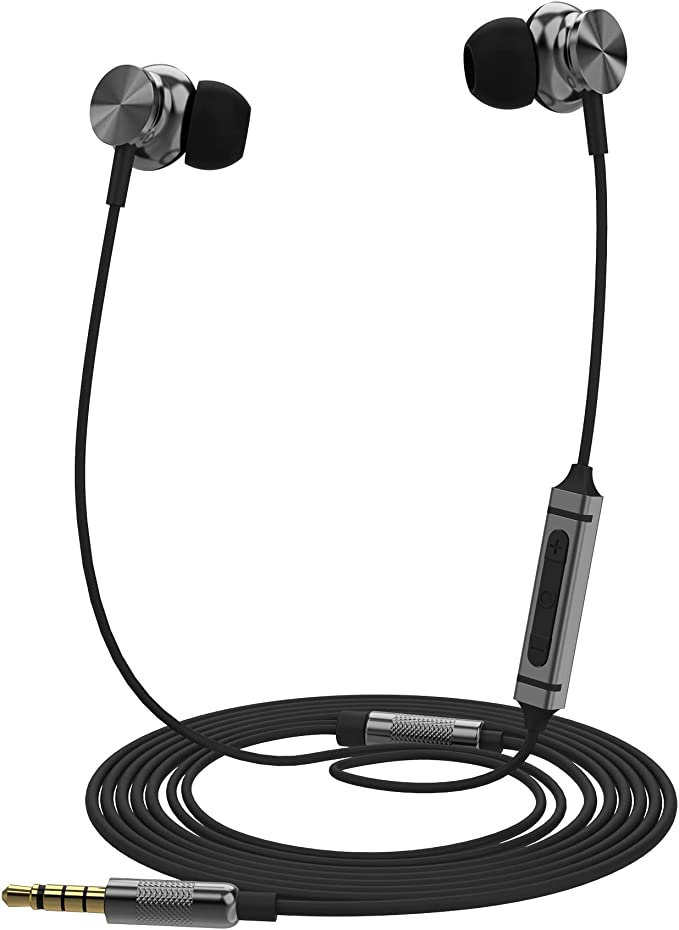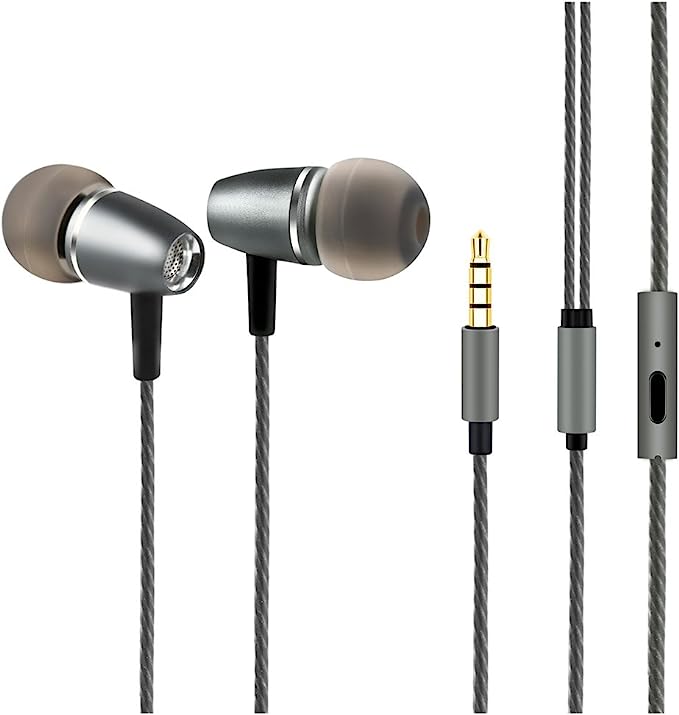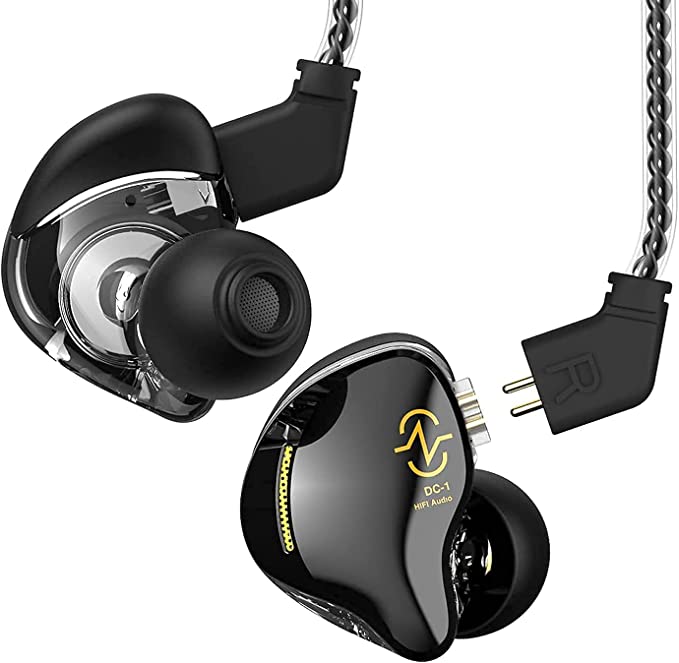The Case for Wires: Why the iRAG A101 Outperforms Bluetooth in Critical Scenarios
Update on Nov. 22, 2025, 3:32 p.m.
In an era obsessed with cutting the cord, the humble wired earbud has been unfairly relegated to the status of a relic. We live in a world of Bluetooth multipoint pairing, active noise cancellation algorithms, and firmware updates for our headphones. Yet, amidst this digital complexity, devices like the iRAG A101 Wired Earbuds persist—and for good reason.
They represent a philosophy of “Minimalist Engineering”. When you strip away the batteries, the Bluetooth chips, and the software, what remains is a pure, unadulterated connection to sound. For the student, the traveler, or the pragmatist, this simplicity is not a downgrade; it is a feature set that no wireless earbud can replicate.

The Physics of Instantaneity: Zero Latency
The most significant advantage of a wired connection is latency, or rather, the lack of it. When you use Bluetooth headphones, the audio signal must be digitized, compressed, transmitted wirelessly, received, decompressed, and converted back to analog. This process takes time—often between 100 to 300 milliseconds.
For listening to music, this delay is irrelevant. But for gaming, video editing, or watching a fast-paced movie, even a fraction of a second can break immersion. The iRAG A101 transmits sound as a continuous analog electrical signal through copper wires. The signal travels at a significant fraction of the speed of light.
- The Result: The sound hits your eardrum at the exact microsecond it is generated by the device. There is no “lip-sync” error. There is no lag between pulling a virtual trigger and hearing the shot. This is why professional gamers and competitive e-sports players still rely on wired audio. The A101 delivers this professional-grade speed at a fraction of the cost.
The Infinite Battery: Powered by Physics
We have all experienced “battery anxiety”—the sinking feeling when your headphones die mid-flight or right before a gym workout. Wireless earbuds are fundamentally tethered to their charging cases and lithium-ion lifespans.
The iRAG A101 operates on a different principle. It is a passive device. It draws the minuscule amount of power it needs to drive the speakers directly from the audio jack of the source device. As long as your phone, laptop, or tablet has power, you have sound.
This “infinite runtime” makes wired earbuds essential survival gear for: * Long-haul flights: Where charging opportunities are scarce. * Schools: Where students need reliable gear that works instantly without troubleshooting connection issues. * Emergency Kits: Lithium batteries degrade over time; a wired earbud stored in a drawer for five years will work perfectly the moment you plug it in.

Acoustic Chamber Design: Metal vs. Plastic
At the budget end of the spectrum, plastic is the default material. It is cheap and light, but acoustically, it can be problematic. Thin plastic shells often suffer from unwanted resonance—they vibrate along with the driver, coloring the sound and introducing distortion.
The iRAG A101 distinguishes itself with an Aluminum Alloy Housing. Metal is denser and more rigid than plastic. In speaker design, rigidity is a virtue. A rigid housing resists vibration, ensuring that the only thing moving is the speaker diaphragm itself. This results in cleaner, tighter bass and more distinct vocals.
Inside this metal shell sits a 12mm dynamic driver. In the world of in-ear monitors, 12mm is substantial. Larger drivers generally move more air, which is physically necessary to reproduce low-frequency sounds (bass) with authority. The combination of a large driver and a rigid metal chamber allows the A101 to punch above its weight class in terms of audio impact.

The Cone of Silence: Passive Noise Isolation
Marketing often confuses consumers by blurring the line between “Noise Isolation” and “Noise Cancellation.” * Active Noise Cancellation (ANC) uses microphones and processors to generate anti-noise. * Passive Noise Isolation relies on a physical seal.
The iRAG A101 relies on the latter. By providing three sizes of silicone ear tips, it allows the user to create an airtight seal in the ear canal. This seal physically blocks external sound waves from entering.
While it won’t eliminate the low-frequency hum of a jet engine like ANC can, a good passive seal is incredibly effective at blocking broad-spectrum noise, such as human speech or office chatter. It does this without requiring batteries or introducing the subtle “hiss” sometimes associated with cheap ANC circuitry. For studying or reading, this mechanical silence is often more than sufficient.

The Universal Connector: The 3.5mm Jack
Finally, we must address the connector itself. The 3.5mm TRS (Tip-Ring-Sleeve) jack is a marvel of standardization. It has survived for over a century because it is robust, simple, and universally understood.
Unlike USB-C audio or Lightning connectors, which require digital handshakes and specific DAC (Digital-to-Analog Converter) compatibility, the 3.5mm jack transmits a pure analog signal. It works with a 1990s Walkman, a 2024 gaming PC, a Nintendo Switch, or an airplane entertainment system. It is the universal key to the world of audio.
While many modern phones have ditched the jack, the dongle ecosystem has kept it alive. And for devices that matter most for productivity—laptops and desktops—the headphone jack remains a standard feature. The A101’s plug is reinforced to withstand the rigors of daily insertion and removal, ensuring this connection remains reliable.

Conclusion: The Reliability of Simple Things
The iRAG A101 is not trying to be smart. It has no app, no firmware, and no voice assistant integration. And that is exactly why it is valuable. In a tech landscape filled with devices that demand your attention with updates and charging notifications, the A101 asks for nothing.
It is a tool that simply works. Whether you are a student needing focus, a gamer demanding zero latency, or simply someone who appreciates the reliability of a physical connection, these earbuds offer a refreshing return to the fundamentals of audio. Sometimes, the best way to move forward is to plug back in.

